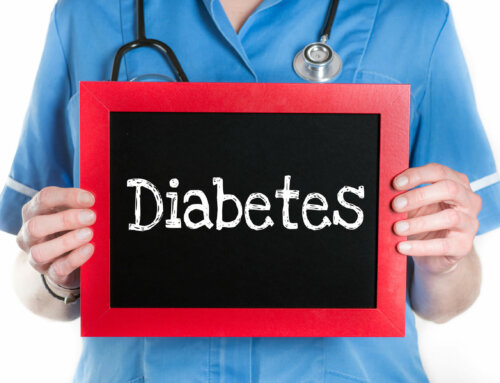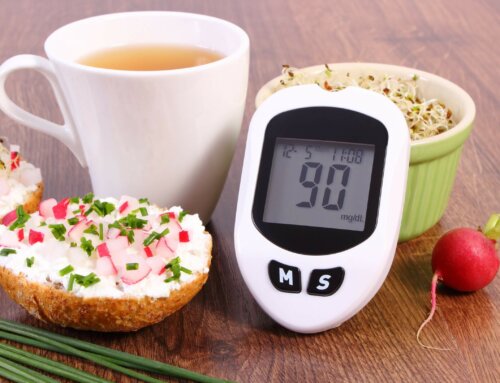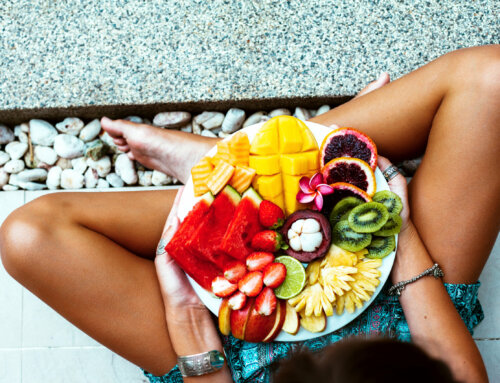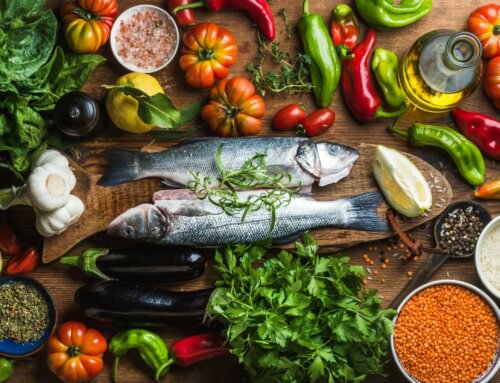Michael Pollan offers advice in his book “Food Rules: an Eater’s Manual” stating that “if it comes from a plant eat it, if it is made in a plant, do not.” This is an extremely powerful statement suggesting that all processed foods in bags or boxes will not offer you the high quality nutrition or satisfaction you crave or what the body needs. The thought is – part of the reason we remain hungry early after we have eaten is that we may be lacking in the desired nutrients – vitamins, minerals and fiber – and living on sodium, huge amounts of empty calories and trans-fat. Not filling our body with whole grains, lentils, fruits, vegetables, lean protein, low fat dairy, mono-unsaturated fats and adequate amounts of water can set us up for constant hunger. It is most important to include these selections along with keeping to small serving sizes and eating regularly every 4-5 hours. Some eating danger zones include:
Your kitchen after 8 pm
Night time, after the dinner hour seems to set most of us up for eating failure. We can be great all day and then we are suddenly out of control. Snack time eating behavior is dangerous for anyone, especially if you have diabetes. Snacking, if moderate, is fine when factored into the total daily food allotment. Remedy- Have “ready to go” snacks in the refrigerator or set up in baggies in a fixed portion serving size. You can grab it and know you are done for the evening. Leave the kitchen. Remember, if you are on insulin, to have a carbohydrate combined with a protein snack before bed, like cheese and crackers.
Restaurant time
Some of us eat out for a treat every now and then, but there are plenty of people who eat out daily due to time, work schedule or just for pleasure. Remedy- Ask for an appetizer portion for your main meal or split the entrée with someone else. Share an entrée if you are with company. Take home half. Start the meal with low sodium consommé or broth or order a small salad. Skip the bread basket-just decline when they bring it. Watch the salads that include bacon bits, blue cheese, fried onion rings and creamy house dressings. When eating Mexican- skip the shredded cheese and sour cream and add sliced avocado with salsa and shredded lettuce. Ask for mustard, low fat mayonnaise, BBQ sauce, lettuce, tomato slices and sprouts for sandwiches and forget the creamy special sauces. Get all dressings on the side –stick to vinaigrettes, lemon juice or plain flavored vinegars. Change out sides like fries and onion rings for double vegetables or house salads. Skip the all you can eat buffet places, because there’s just way too much temptation. Order Chinese food without MSG or corn starch and ask for light sauce. Choose thin crust pizza and load up with vegetables with light cheese. Take the skin of turkey, chicken or duck trim off visible fat of lamb, beef or pork. Order fatty fish like salmon or mackerel at least 2 times a week. Skip fried or breaded and choose baked, broiled or grilled instead. Watch what you drink and have diet soda, unsweetened ice tea, tap water, seltzer or flavored water with no calories.
Health food stores
Have foods with calories and carbohydrates, so read labels even if is healthy. Watch energy bars, granola bars and protein bars. Some of these products are more like candy bars with lots of fat, sugar and calories. Glucerna bars and Extend bars offer resistance starch which levels your blood sugar better and taste great. Look for snack size bars. Make a list before you go and eat before so you are not hungry. You can explore the store but be cautious-you will save money and calories along with controlled blood sugars.
Vacations
Summer is coming. You can allow minor splurges if you add them to your day. Remember moderation. If you decide on a dessert, skip the bread and pasta- watch your total carbohydrates per meal. Alcohol is OK in moderation. Eat when you drink and stick to light beer, dry wine and low calorie mixers.
Remember, there is temptation all around when it comes to possible food dangers and disasters. If you think and plan ahead you will feel better and maintain blood sugar control. Test it for yourself!
NOTE: Consult your Doctor first to make sure my recommendations fit your special health needs.












Leave A Comment